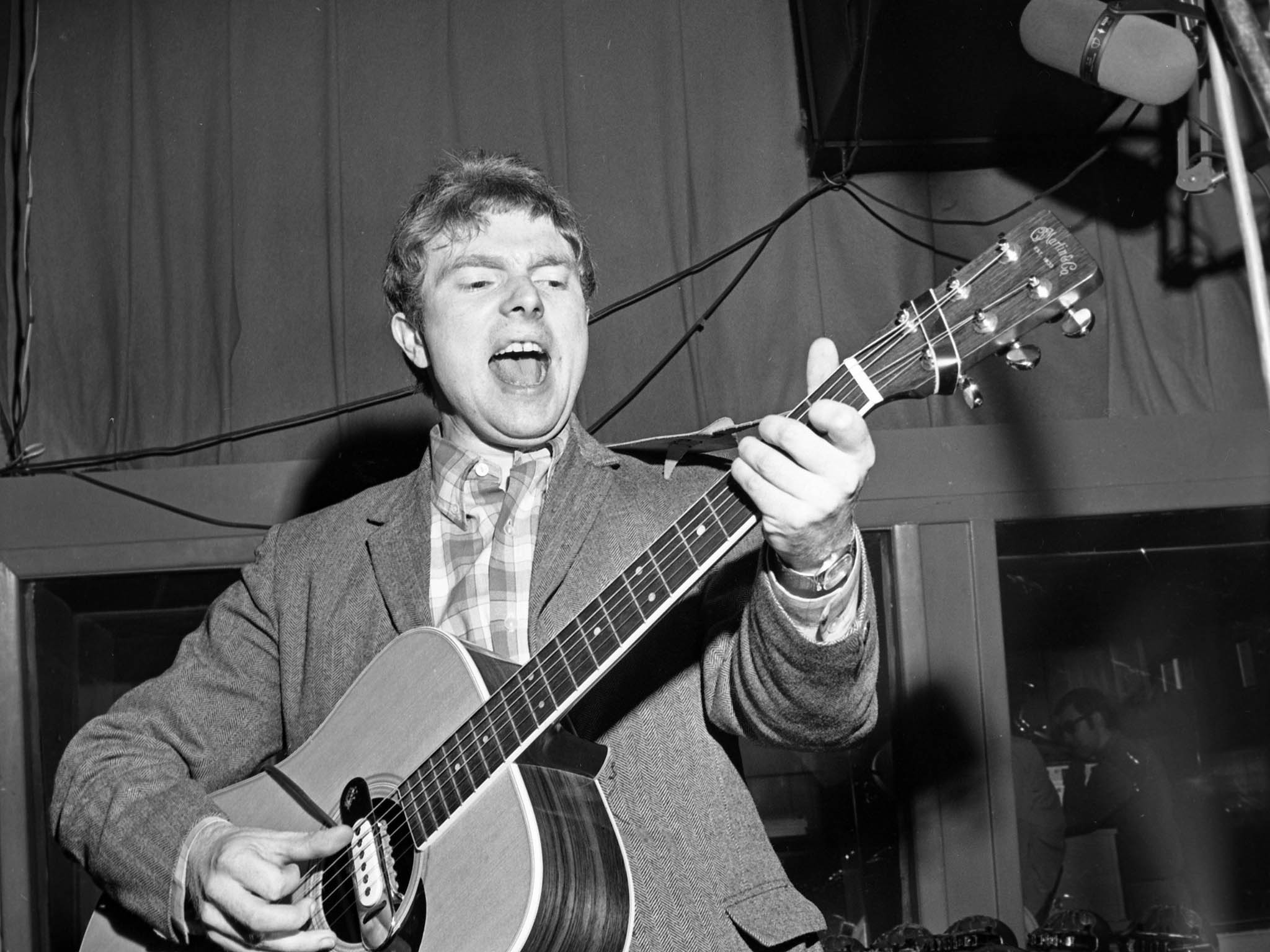Abbey Road Studios and remastered music: Led Zeppelin, David Bowie, Van Morrison and Phil Collins are all doing it
You can’t always tell the difference with remasters at first listen, but top engineers explain why they’re worth having

Your support helps us to tell the story
From reproductive rights to climate change to Big Tech, The Independent is on the ground when the story is developing. Whether it's investigating the financials of Elon Musk's pro-Trump PAC or producing our latest documentary, 'The A Word', which shines a light on the American women fighting for reproductive rights, we know how important it is to parse out the facts from the messaging.
At such a critical moment in US history, we need reporters on the ground. Your donation allows us to keep sending journalists to speak to both sides of the story.
The Independent is trusted by Americans across the entire political spectrum. And unlike many other quality news outlets, we choose not to lock Americans out of our reporting and analysis with paywalls. We believe quality journalism should be available to everyone, paid for by those who can afford it.
Your support makes all the difference.“Can you hear it?” I can’t. “There it is.” I still can’t. I can see it on the screen, but for the life of me I can’t hear it. The man next to me can, though. He’s Ian Jones, one of the top engineers at the most famous recording studios in the world, and he’s helping on a quest that began with yet another review CD of remastered music arriving at The Independent: I was asked if I could hear the difference between remasters and the originals. “Not really,” I said. Which started me on my quest to find out what’s so special about remastered music.
It’s no idle pursuit, either. There’s big money involved. Each of Led Zeppelin’s remastered catalogue releases has put them in the Top 10 over the past 18 months, with three going to No 1 in the US.
The final one, the greatest-hits compilation Mothership, came out on 6 November, just a few days after a remaster of Van Morrison’s classic Astral Weeks, which comes out the same day as a remaster of Garbage’s debut. Meanwhile Phil Collins is releasing remastered albums, as is his old mucker Peter Gabriel. Last month David Bowie’s remastered releases included Hunky Dory, Pin Ups, and The Man Who Sold the World. And so on. Are these shinier versions of the stuff we already have worth shelling out for?
I’m with the genial Jones in his suite at London’s Abbey Road Studios, staring at a colourful representation of audio on his computer. “There!” he says as he removes a thin smudge. “Can you hear it’s gone?” I still can’t. He has removed and digitally filled in a “drop-out”, a tiny moment of silence, from a track by Lloyd Cole and the Commotions. “It’s like the audio version of Photoshop.”

There are two enormous floor-standing reel-to-reel tape decks behind us. These were standard equipment in studios until the mid- to late Eighties and could record in great detail. But background noise and drop-outs, sometimes caused by tape pinging away from the heads when the sound was being recorded, were common. When the music was put on to vinyl, which had its own surface noise, you couldn’t hear them. But digital formats have no masking noise, explains Jones, who was responsible for remastering many of EMI Classics’ Great Recordings of the Century and Great Artists of the Century.
He always starts from the original master tape – “the closest thing we have to what was played, and what the producer wanted” – and transfers it to a file on his computer. This removes the drastic bass reduction that vinyl needed, so that needles didn’t jump when a disc was played. But this can irritate fans: “They might compare the remasters to a record and say they sound different. Well, they do – you’re not getting it on a restricted medium any more.” Jones wants “what you’re hearing to be what they heard in the control room”.
He doesn’t remove everything. “I worked on some recordings from the 1940s and I heard this dog yapping. I could have spent days removing that, but: why? It’s a real recording in the hall in Berlin. I love those artefacts.” He also worked on Maria Callas recordings in which “you can hear Vespas. They’re part of that historic document.”
Intriguingly, he sometimes adds sound because one of the things you notice on digital formats is silence – the incongruously absolute silence, for instance, of silent “leader” tape inserted between movements of a classical symphony, as many engineers used to do. “So we put some ambience back,” says Jones. “Room noise. Effectively it’s hiss. It’s artificial but worth doing. Whether people know it’s there or not, I don’t know, but they would know if it wasn’t because it would spoil the experience.”
Jones doesn’t like following the modern fad of making the music as loud as possible – using what’s called compression and limiting – though, he admits, “you have to do it”. Engineer and musician Jude Rawlins agrees. He tells me about a record company insisting he produced remasters that were “half a decibel louder” than a rival’s.
“They didn’t care about the quality, they just wanted it louder. It’s wrong, and on the radio they compress everything for broadcast anyway.”
Rawlins recently worked on the back-catalogue of revitalised former chart-topper Lene Lovich (for whom he also plays guitar). It includes music recorded in early digital audio which, like early digital cameras, couldn’t capture as much detail as we can now. It was 16-bit, which means each tiny chunk (or sample) of sound has 65,536 different volumes it could be measured at. That sounds a lot, but once you start processing that sound – adding effects, and so on – you start running out of information and risk distortion.

So remastering engineers like Rawlins and Jones import the audio for processing to 24-bit (the current standard), which has nearly 17 million different volumes and produces a much smoother result. All new remasters should be 24-bit, but older ones may not be, so it’s worth checking.
Rawlins accepts that fans can be upset at cleaned-up recordings. “You are artificially altering the material. On ‘Lucky Number’, which was a huge hit, there was an audible drop-out on the tape that they couldn’t do anything about at the time. So we fixed it – and the fans noticed no drop-out, which means we fucked with it!’”
But fans can have a point. Artists can take the opportunity to “improve” material. Ian Jones remembers a famous singer-songwriter moving verses and even deleting some.
Buyers should beware particularly when considering a remastered compilation. The tracks need to sound “of a piece” even though they may all be from different sources. “When you start EQ-ing you’re making massive differences to the original sounds but compilations just wouldn’t work if you didn’t,” explains Rawlins.
Can we hear the difference remasters make when we’re listening to music via headphones on our smartphones? Jones is quite clear that, although he’s remastering for audiophiles with top equipment, the answer is “yes”. Which is just as well, because I’m going to be playing that Lloyd Cole track over and over again on my iPhone until I can hear that drop-out.
Or lack of one.
‘Collected Recordings 1983-1989’ by Lloyd Cole and the Commotions is out now. Lene Lovich remasters are available at www.lenelovich.net
Join our commenting forum
Join thought-provoking conversations, follow other Independent readers and see their replies
Comments